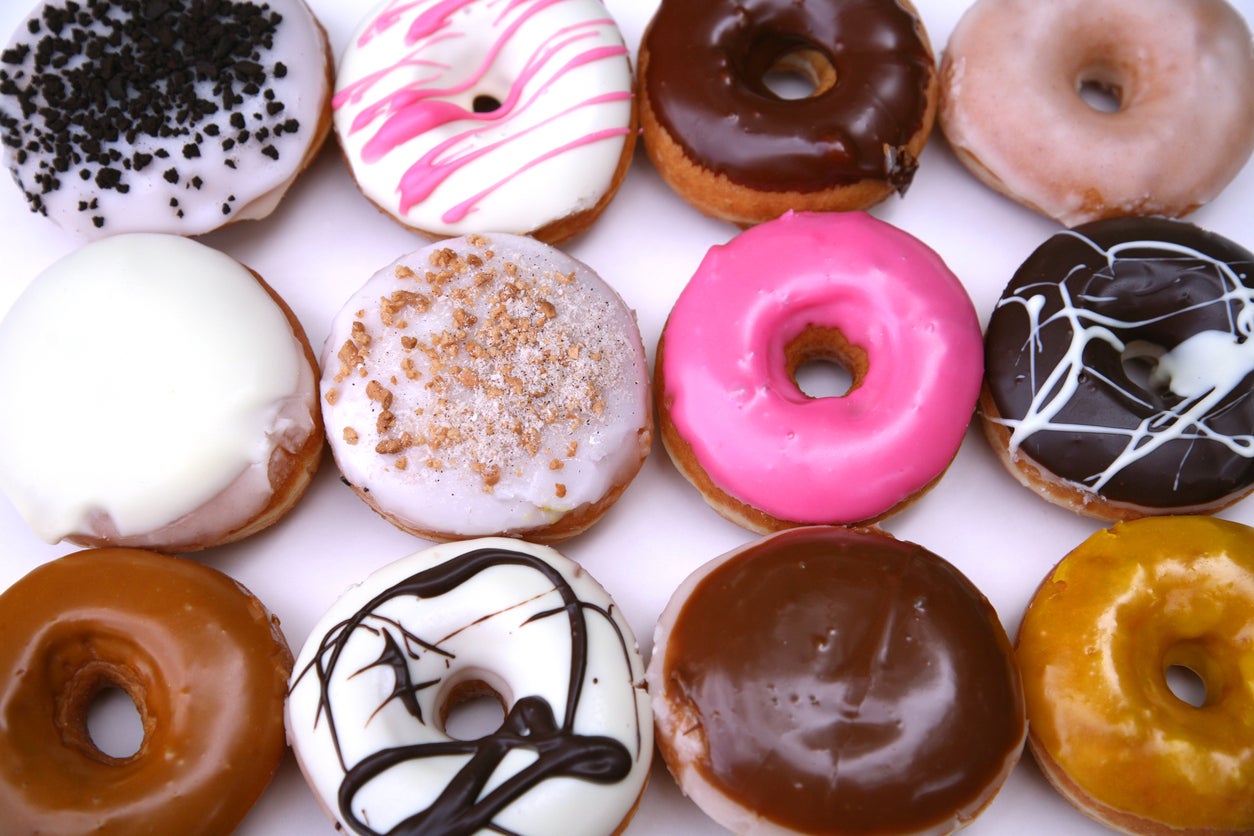How to eat less junk food? Serve it to yourself, study claims
Never let anyone serve you food again

Your support helps us to tell the story
From reproductive rights to climate change to Big Tech, The Independent is on the ground when the story is developing. Whether it's investigating the financials of Elon Musk's pro-Trump PAC or producing our latest documentary, 'The A Word', which shines a light on the American women fighting for reproductive rights, we know how important it is to parse out the facts from the messaging.
At such a critical moment in US history, we need reporters on the ground. Your donation allows us to keep sending journalists to speak to both sides of the story.
The Independent is trusted by Americans across the entire political spectrum. And unlike many other quality news outlets, we choose not to lock Americans out of our reporting and analysis with paywalls. We believe quality journalism should be available to everyone, paid for by those who can afford it.
Your support makes all the difference.Even for those of us with the healthiest of intentions, it’s incredibly hard to resist the biscuit tin, chocolate box, or plate of cocktail sausages when it’s offered directly to you.
And when the craving hits, seeing that deliciously unhealthy food right under your nose often results in the crumbling of willpower and giving into temptation. Sometimes it’s inevitable.
But according to new research, the best thing to do in such situations is simply to serve yourself, rather than have someone else cut you a slice of that rich fudgey chocolate cake.
The results of a new study published in the Journal of Marketing Research reveals that people eat less unhealthy food when they serve it themselves, rather them have someone else give them a plateful.
“We find that when participants are given the choice of whether or not to consume snacks that they perceive as relatively unhealthy, they have a greater inclination to consume these snacks when less (versus more) physical involvement is required to help themselves to the food,” study authors Linda Hagen, Aradhna Krishna, and Brent McFerran said.
So when eating the junk food involves effort on your part - ie. getting up, going over to a table and taking a selection of chocolates - you’ll likely eat less than if you were given a plate of chocolates by someone else.
“We suggest that this behaviour occurs because being less physically involved in serving one's food allows participants to reject responsibility for unhealthy eating and thus to feel better about themselves following indulgent consumption.” If someone else has served the food, it's not your fault, right?
Interestingly, the authors found the same did not apply for healthy foods.
To reach their conclusions, the researchers conducted five different experiments. Volunteers were brought into a lab where there were Reese’s Pieces (the delicious M&M-sized peanut butter chocolates) left out on a table for them to eat.
Different serving methods were tested - when the chocolates were placed in big bowls for the volunteers to serve themselves, no one did.
However when the Reese’s Pieces were already served in small cups, about a third of the participants ate them.
So if we want to eat less junk food, perhaps the answer is always to serve food in a way that requires measuring out our own portions, because apparently we're too lazy to do so.
Join our commenting forum
Join thought-provoking conversations, follow other Independent readers and see their replies
Comments